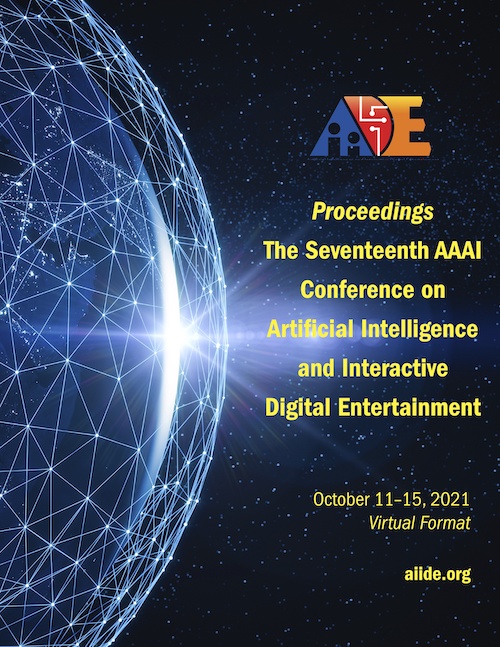Content Reinjection for Super Metroid
DOI:
https://doi.org/10.1609/aiide.v17i1.18905Keywords:
Super Metroid, Procedural Level Design, WaveFunctionCollapseAbstract
Academic procedural content generation (PCG) efforts often yield plausible game content but stop short of fully integrating it into the games that inspired it. This misses opportunities to discover game- and platform-specific constraints that were previously ignored in evaluations of playability (e.g. how invisible objects in a level design are used to explicitly control camera movement). Grappling with existing games can ensure that the PCG community is solving realistic problems, rather than convenient abstractions of them. In this paper, we use technical knowledge from the ROM hacking community along with the WaveFunctionCollapse example-driven generator to reinject controllably-generated level designs into the commercial Super Metroid ROM image (rather than a clone) for execution on physical Nintendo hardware. Our work charts a path for more realistic evaluation of the playability of generated content and highlights challenges for deploying generative methods. These challenges can spark a conversation about the ways that abstractions are used in PCG research.Downloads
Published
2021-10-04
How to Cite
Mawhorter, R., Aytemiz, B., Karth, I., & Smith, A. (2021). Content Reinjection for Super Metroid. Proceedings of the AAAI Conference on Artificial Intelligence and Interactive Digital Entertainment, 17(1), 172-178. https://doi.org/10.1609/aiide.v17i1.18905

